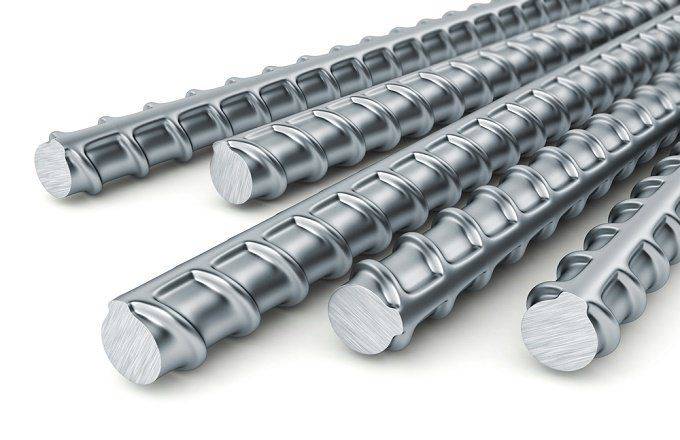Types Of Brick Details -
Types Of Brick
Bricks:
A Brick is a type of block used to build walls, pavements and other elements in masonry construction.
Types Of Brick:
1. Sun-Dried Bricks:
It is also called unburnt bricks, these are one of the most primitive examples of bricks, this type of brick was not burnt in kilns but were dried in the sun for hardening. Sun-dried bricks are less durable, have less water resistance and less fire resistance. These are mostly used in rural areas or in constructions that are temporary. The process of making these bricks involves 3 simple steps, i.e. preparation of clay, molding, and finally sun drying.
2.Burnt Clay Bricks:
Burnt clay bricks are the oldest and most widely used construction material. These are superior quality bricks and are used in the construction of many vital structural members like walls, columns, foundation, etc. Burnt bricks are classified into 4 different types, these are:i) First-Class Bricks - This category of burnt clay bricks complies with all the quality of good bricks. These are table molded and are burnt in kilns. These bricks hold standard shape, smooth surfaces, and sharp edges and are more durable and have more strength.
ii) Second-Class Bricks - These bricks are of moderate quality. These are ground-molded and then burnt in brick kilns. The shape of these bricks is irregular, and the surface isn’t smooth but rough. In addition to this, these bricks can have hair cracks. This class of bricks is used in places where the brickwork is covered with a coat of plaster.
iii) Third-Class Bricks - As the name suggests, these are poor quality bricks which are normally used for structures that are temporarily constructed. Note, these are not suitable for areas that receive a lot of rain. Third Class bricks are molded on the ground and are further burnt in clamps. The surface of this category of bricks are rough and these have edges that are unfair.
iv) Fourth-Class Bricks - These are over-burnt, irregular shaped and dark in colour. This class of bricks is used as the aggregate for concrete in foundations, roads, floors, etc. Owing to its compact structure, these bricks are sometimes found to be stronger than the first-class bricks.
3. Fly Ash Bricks:
Fly ash brick is a building material that is specifically used in masonry units. It contains class C or class F fly ash (a byproduct of coal burning) and water that is fired at around 1000 degree Celsius. Due to the high concentration of calcium oxide in class C fly ash, this type of bricks is every so often described as “self-cementing”. Typical uses for fly ash clay brick are in structural walls, pillars, and foundations.4. Concrete Bricks:
Concrete bricks are made using solid concrete along with ingredients like cement, sand, coarse aggregates, and water. The sizes of these bricks can be tailored according to the size requirements. These are commonly used in facades, hidden/internal brickworks, fences, and tend to provide an outstanding aesthetic presence.5. Engineering Bricks:
These have high compressive strength and are used for special applications where strength, acid resistance, low porosity, frost resistance is essential. Engineering bricks are most commonly used for basements, this is because in these areas chemical or water attacks are quite prevalent.



